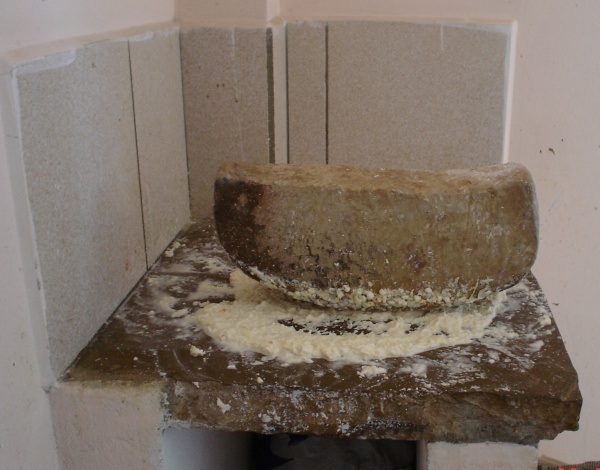Facts About Batan
The batán is a cornerstone in South American and Andean kitchens, revered for its traditional food-processing capabilities. This ancient kitchen tool consists of a flat stone base paired with a grinding stone called an uña. To use it, one rocks the uña over the food placed on the batán. Depending on the dish, you can adjust the weight and movement of the uña, and choose to grind ingredients dry or with the addition of water or oil.
What’s particularly intriguing is that the batán predates the arrival of the Spanish in South America. Many Andean households still favor it for preparing traditional dishes like llajwa, believing that it produces superior results compared to modern blenders.
However, the batán’s uses extend beyond making sauces. It is also effective for husking grains, washing quinoa, grinding grains, and crushing papalisa to produce small batches of flour. This versatile tool is not limited to South America. In Indian kitchens, it goes by various names: "sil-batta" in Hindi, "silauto-lohoro" in Nepalese, "pata-varvanta" in Marathi, "ammi" in Tamil and Malayalam, and "sila puaa" in Odia. There, it is used to grind spices, lentils, and prepare chutneys and spice mixes, as well as to grind soaked lentils for dishes such as dosas and vadas.
Interestingly, in some cultures, the batán holds a special place in traditional ceremonies, where it is venerated as Bhu Devi or Mother Earth. This cultural significance adds an element of reverence to its everyday use, making the batán not just a kitchen tool, but a cherished piece of heritage.

 Peru
Peru